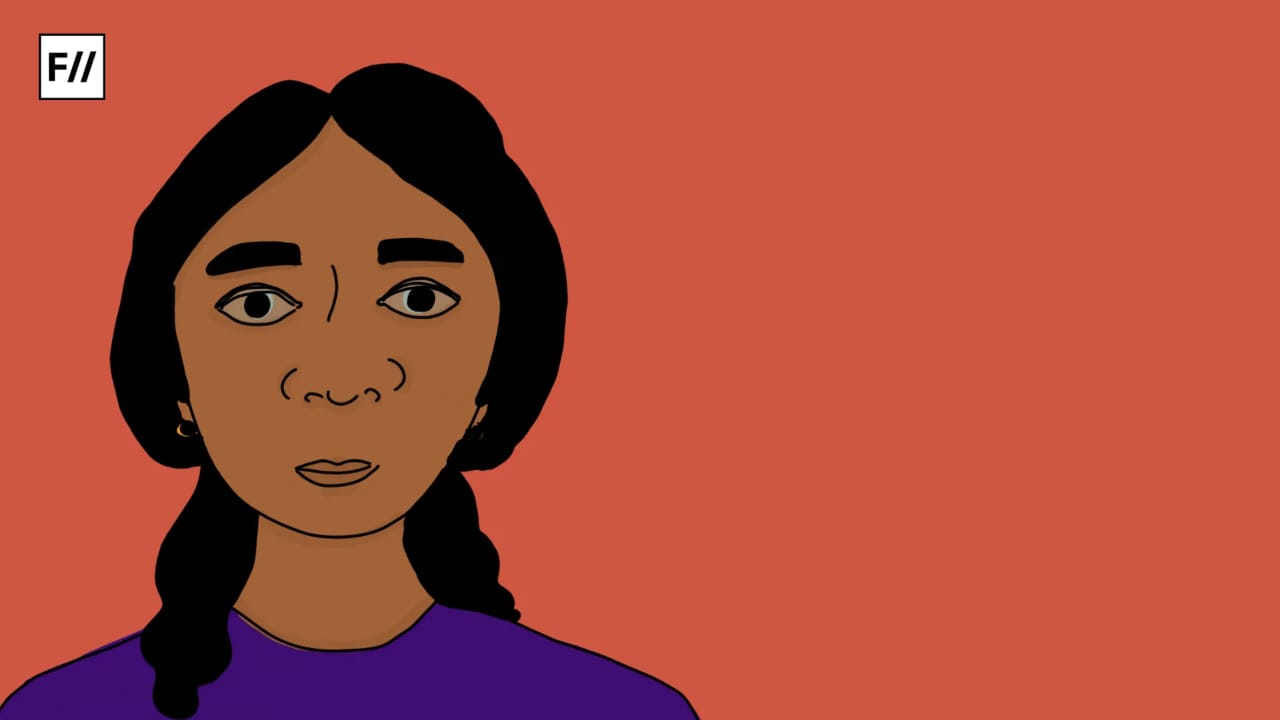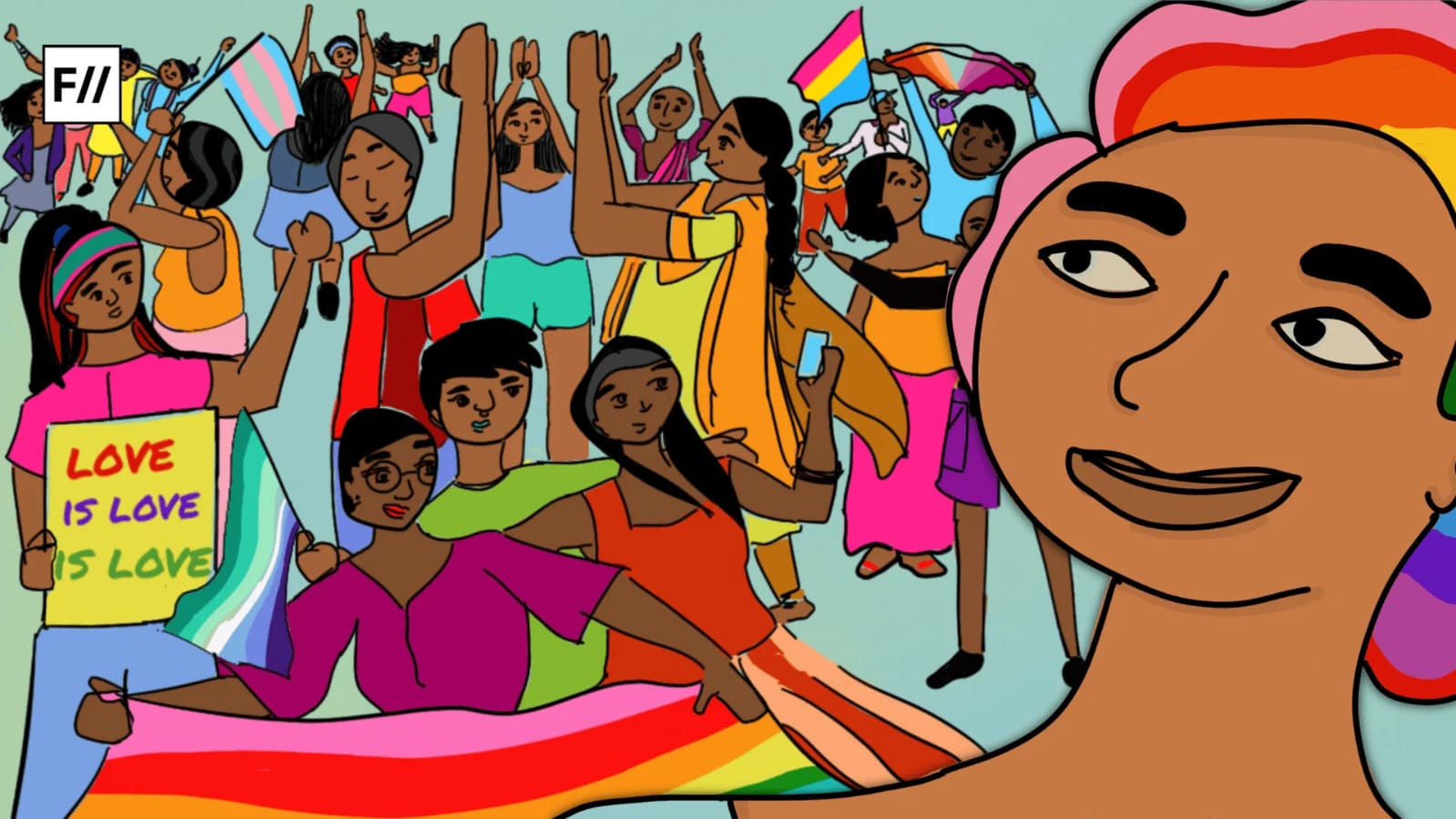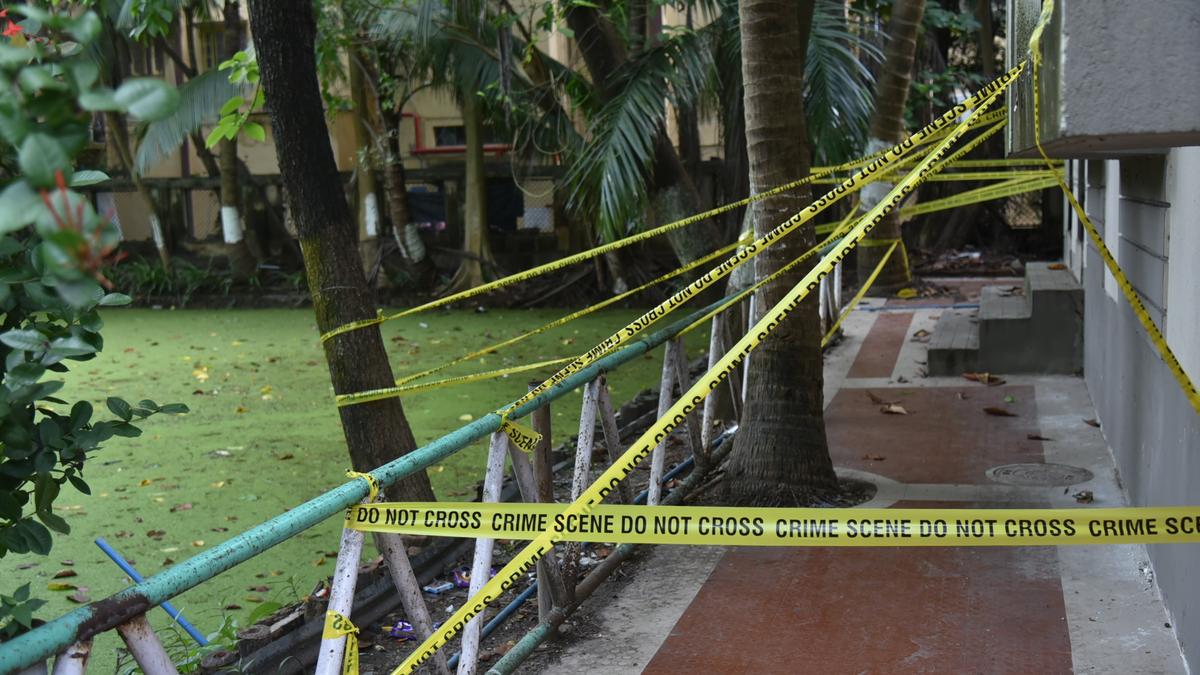This article is part of the #GBVInMedia campaign for the 16 Days Of Activism global campaign to end gender-based violence. #GBVInMedia campaign analysis how different kind of mainstream media (mis)represents/reports gender-based violence and broadens the conversation from violence against women to violence against people from the queer community, caste-based violence and violence against people with disabilities. Join the campaign here.
The portrayal of LGBTQ people in Indian media has evolved over all these years, along with the evolution of LGBTQ movement in the country. However, when we talk about the representations or mis-representations of LGBTQ people in the media, we need to keep in mind that we cannot paint the picture with the same brush. There have been both positive and negative, sensitive and insensitive, sensational as well as sympathetic portrayal of LGBTQ people in the media.
However, keeping with the theme of the occasion that this piece has been written (16 days of activism against gender-based violence), it is very important to mention that what we have seen over these years is that gender-based violence (GBV) and violence against women (VAW) are being used inter-changeably. If one types gender-based violence on Google, we find stories which focus only on violence against (heterosexual) women. On the Times of India website, there is not even one story which covers violence against men or non-heterosexual women under the heading of gender-based violence.
Most of the work done by NGOs, whether international or national focus only on violence against (heterosexual) women when they talk about gender-based violence. The reality, however, is much more complex. Gay men, trans* people and lesbian women are prone to some of the worst forms of violence in the society, including rape, because they do not conform to the gender norms set in our society. However, these issues hardly come to light because talking about LGBTQ issues still remain a taboo in the society we live in and hence people fear to come out and report violence. There have been incidents where reporting to the police has led to further harassment, which makes LGBTQ individuals scared to report to the police.
Positive portrayal of LGBTQ people in mainstream news media
However, the media has now started focusing on violence faced by LGBTQ people. This is also because LGBTQ people have started coming out in the open and begun reporting cases of harassment faced by them. There has also been an increase in the number of studies and work done around harassment faced by LGBTQ people in the country and the media has been very quick to cover and respond to them.
A recent example could be that of the case of a gay man called Divyaroop Anand, who was beaten up and molested by a bunch of men when he went to attend a queer event in Mumbai. Divyaroop filed a case against these men with the help of Humsafar Trust (an NGO which works on LGBT rights) and Lawyers Collective (an NGO which works on legal rights) and action was taken against them by the police. This case was widely reported in the media, in a very sensitive manner, without much sensationalism. This was followed up by articles on the issues faced by members of the LGBTQ community to file a complain.
After the December 2013 Judgment of the supreme court of India, which re-instated Section 377 of the Indian Penl Code (IPC), which criminalises ‘acts against the order of nature,’ media has given a lot of attention to LGBTQ issues. There were panel discussions on TV channels, articles in magazines and newspapers and almost all the coverage by the media was sympathetic and sensitive to the LGBTQ cause.
I feel that the increase in focus on LGBTQ rights by the international community (namely, the UN, international NGOs and foreign governments) has also contributed to the Indian media becoming proactive in covering LGBTQ issues. A range of LGBTQ issues including workplace policies, sexual harassment, corrective rapes and pride marches have been covered by the media. We have also seen an increase in social media spaces for LGBTQ people, with online magazines like Gaylaxy, Gaysi and various social media forums for LGBTQ people coming up.
Homophobic and insensitive coverage of LGBTQ people
However, there have also been several complains by the community members that they are not portrayed in the media in a constructive way and LGBTQ issues are shown in a bad light. This has been true in several cases. For example, a Marathi local newspaper Lokmat carried a series of homophobic articles despite protests by LGBTQ groups, where they portrayed LGBTQ people as spreading ‘social malice’ in the society. Then, a local news channel in Hyderabad, TV9 did an undercover story on ‘exposing’ the ‘underground gay culture’ of Hyderabad, in which they accessed gay men’s phone numbers from gay dating sites, called them up and broadcasted those conversations on their channel. This outed several gay men in the city and life became very difficult for them.
These cases show how misrepresentations of LGBTQ community in the media can lead to further harassment of the community. However, these cases also highlight the need for LGBTQ movement to engage with local media and not restrict themselves to urban media. It has often been observed that stories on LGBTQ issues are covered only by English urban media channels and newspapers and local media is left out, which feeds into the stereotypes of homosexuality being an ‘urban lifestyle choice.’
While talking about portrayal of LGBTQ people in the media I would like to share a personal anecdote. As a student of Delhi University, I was a part of the Gender Studies Group, Delhi University, where we organized several events on LGBTQ issues. Our first event on the theme was a panel discussion on LGBTQ issues in DU, where we had students from LGBTQ community to come out and speak about their experiences. One of the biggest difficulties organizing the panel was handling the media. I had started getting calls from journalists two days before the panel was to happen. We found ourselves in an extremely difficult situation as some of the panelists were not out to their families and were scared to be outed by the media stories.
At the day of the panel, some of the newspapers just sent their camera-persons and no reporter to cover the event. It was shocking to see only three reporters and ten cameras inside the room. Most of them called later to know what had happened in the room. It was shocking to see the attitude of these journalists to LGBTQ issues, as all they wanted to see was tamasha! Some of the media reports that came out the next day were full of factual errors and some of them had a detailed description of what the panelists were wearing, instead of what they spoke. But, thankfully, they kept the anonymity of those who did not want to come out. We, however, learnt from this experience of ours and began interacting with the media in a very careful manner and never faced any such issues again. Some of the reporters were extremely committed to the issues and covered all our events in the future.
‘Victim narrative’ portrayal of LGBTQ people in media
Another notable aspect of portrayal of LGBTQ issues by the media and particularly international media is the ‘victim narrative’ around LGBTQ issues. Stories tend to focus only on how LGBTQ people are victim of discrimination by the society and are being criminalized by the government. The ‘victim narrative’ is indeed helpful to shed light on the difficulties faced by the community, however it doesn’t take into account the multiplicity of identities which LGBTQ people have in the society, i.e. LGBTQ people are divided within on the lines of class, gender, caste and race.
The media should also focus on these aspects of LGBTQ people’s lives. Moreover, they should write more about LGBTQ people’s success stories which would set good examples for other LGBTQ people in the society. This would also help people understand that LGBTQ people are amongst us in all spheres of life, like academics, corporate, military, media, fashion and doing as well as others. This not only helps increase visibility but also sends out a message that we are equal citizens of this country and deserve equal rights like everyone else.
Hence, from my personal experience I can say that constructive engagement with the media can help us go a long way in getting sensitive and sensible coverage on gender and sexuality issues.
Featured Image Credit: www.pri.org
About the author(s)
Aapurv Jain is an alumnus of Kirorimal College, University of Delhi where did his B.A.(Hons.) Economics. He has worked extensively on gender and sexuality issues in Delhi as an activist and is currently pursuing MA in Gender and Sexuality from School of Oriental and African Studies (SOAS), University of London, where he is a Felix Scholar.




